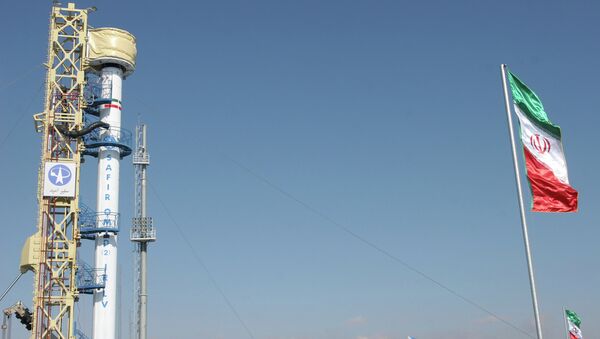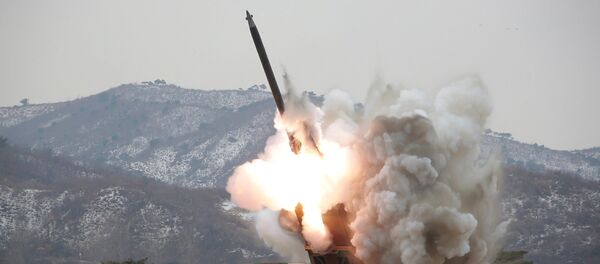"Both nations could deliver an EMP attack on the United States by simply detonating a nuclear weapon carried by one of their satellites as it passes over the United States," Cooper stated before the Senate Committee on Energy and Natural Resources on Thursday.
The EMP weapon would require no hardened re-entry vehicle or accurate guidance system as with an intercontinental ballistic missile (ICBM). Moreover, both Iran and North Korea have successfully launched satellites into orbit, Cooper explained.
The cyber threat would come from a power surge generated by the EMP phenomenon, Cooper and a panel of scientists told the committee.
While there would be no immediate impact on humans, damage could require replacement of much of the power grid and billions of electronic devices, according to well-documented studies that date back to US nuclear tests in the 1950s.
"I believe we have had clear warning of the nature of this threat for years, and are collectively continuing to ignore and/or take ineffective countermeasures to deal with it," Cooper warned in a prepared text of his testimony. "We are essentially defenseless against this plausible threat."
Moreover, satellite-based EMP attacks are known to be included in the military planning doctrines of Russia, China, North Korea and Iran, Cooper said.
Cooper urged the federal government to base existing missile defense systems along the Gulf of Mexico coast, which would be capable of destroying satellites in polar orbits that approach the United States from the South. But he admitted the prospect of doing so is remote.
Cooper now works on projects with regional power companies in the United States to harden key sights against the threat of electromagnetic radiation, having given up on "top-down" efforts to persuade federal officials to address the threat.
In the Reagan administration, Cooper served as chief of the Strategic Defense Initiative, a proposed a ground- and space-based missile shield targeting the former Soviet Union, and he continued to supervise missile-defense development throughout the administration of President George H.W. Bush.



